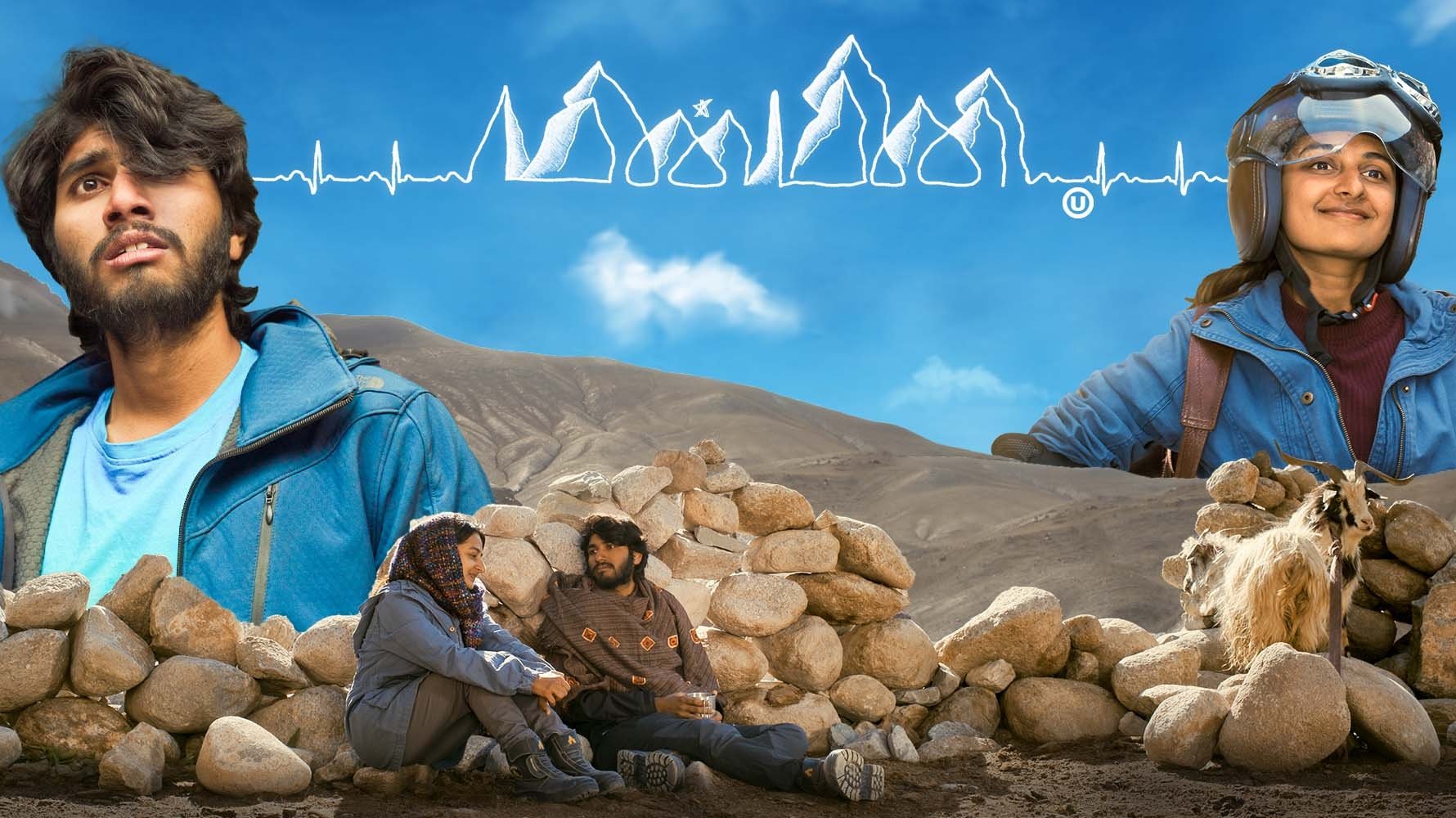- Published on
Minmini Movie Review

This film was released recently and quietly, without much publicity. Its unique feature is that it was shot over a decade, allowing characters to age naturally. While many filmmakers would have extensively promoted such an achievement as the "movie of the century," this crew remained modestly quiet, earning respect for their approach. Though I was expecting it I happen to know about it four days after its debut. The movie blends elements of coming-of-age, feel-good, and road trip genres, making it difficult to categorize precisely.
Set equally in Ooty and the Himalayas, the film offers a cinematographer's dream backdrop. This likely appealed to Manoj Paramahamsa, the cinematographer who also co-produced the movie. Despite its inherent visual appeal, the film strives for authenticity. It features hard lighting, characters with asymmetrical faces and imperfections, and well-captured dark skin textures. The child actors' performances appear amateurish, which seems to be an intentional artistic choice given the film's other qualities.
The aging of characters, especially the heroine, is notably well-done and worth the decade-long wait. Early childhood scenes of two characters are included, possibly footage from the director's earlier film "Poovarasam Pepee" or shot specifically for this movie.
While the film includes familiar elements like Himalayan journeys that often appear in feel-good movies, it avoids glorifying them or making them seem cliché. The movie successfully evokes deep emotions early on, a challenging feat with newly introduced characters and I can see people crying around me.
The second half of the film is described as slightly slow-paced. However, the I strongly recommend watching it in theaters before its run ends, emphasizing that the Himalayan scenes are best experienced on the big screen rather than on a smaller screens.